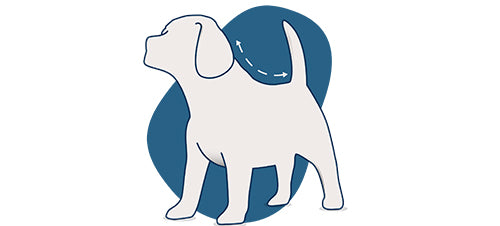It’s an exciting time getting your new puppy, and it’s fun getting to know them and work out their personality, but the new sights, smells and environment can be very overwhelming for your little pup and it’s important you know the best steps to keep them calm and settled when it comes to bedtime and their new routine. Much like having a newborn baby, your puppy will need to learn to sleep and may find the first couple of nights, or even weeks hard to adjust to being left alone and separated from their mum and/or brothers and sisters. In this article we highlight all the things you can do to make your puppy as comfortable and feel as safe as possible so they settle quickly and so you both can get a full nights sleep!
How To Settle A New Puppy On The First Night
The good news is, their first night may be better than you’d imagined as they may be completely tired from their first day with you and from all the new smells they’ve explored. The not-so-good news, they may be having trouble settling in and may not sleep as well as you’d hope. There are however a lot of things you can do to help get your puppy settled, we’ve put together a list below of all the things you might want to consider with helping your puppy settle and get a good nights sleep.
Scent Of Their Mum And Their Siblings
You may want to leave a scent blanket/ soft toy with your puppy’s mum or siblings a couple of days before you collect your pup. The scent of your puppy’s previous home will bring comfort to your pup and the familiarity will bring them comfort and security, therefore encouraging them to get comfy and fall asleep.
Comfy Bed
You may want to keep your puppy’s bedding and sleep area clean as you worry they may go to the toilet on their bed, however this is counter productive for your little puppy as they will need somewhere warm and comfy to sleep. Your pup instinctively won’t want to soil on their bed, so it’s worth getting up to take them out to the toilet in the night and ensuring they have access to a training mat (if this is your choice of training) throughout the night. For beds we recommend either our Cosy & Calming Puppy crate bed or our Grow With Me Puppy beds. These have been designed to cocoon your puppy so that they feel safe and secure in your home
Keep Them Warm
Your puppy is only small and will be used to sleeping next to his siblings or mum and may find comfort in having a warm bed. Here at Lords and Labradors we have lots of heat products, safe to keep them warm and get them to sleep. Whether you chose a Snuggle Heat heart or a Little Buddy Warm Bear or even a blanket to match their bed, you and your puppy will be thankful for their comfort.
Heart Beat Sheep
You may have heard of our Little Buddy Heart Beat Sheep and many puppy parents will most likely recommend this plush toy to you. The heart beat sheep features a beating heart inside that mimics the beat of mum’s heart. It is specially designed to offer comfort and calm to your new puppy who may feel nervous sleeping alone. The heart beat sheep will become your pups new best friend, offering a fun playtime as well as soothing snuggles at bedtime.
How To Get A Puppy To Sleep Through The Night
Now you’ve got them feeling secure and safe, you may now wonder how to keep them asleep throughout the night. We have put together some tips below to help your puppy sleep through the night:
-
Tire them out - Stimulate your puppy’s mind and body with age appropriate toys and activities, our puppy playtime toys are a great place to start. Toys and activities will not only tire your puppy out, but they will help you bond with them too.
- Calm before bed - Your puppy won’t know their routine for the first couple of nights, so try to avoid any intense playtime activities before bed. Your dog will love a routine, so try to keep timings and your routine similar before bed so your puppy knows it’s nearly bedtime.
- Toilet Time - Ensure your puppy has been to the toilet before bed as they will sleep longer when they aren’t needing to toilet.
- Keep their bed comfy - Make sure they have a comfy bed with blankets, consider the temperature and/or time of year that will be most comfortable for your puppy.
- Chew Toys - giving them a toy to chew will actually be quite soothing for your pup, and even more so when they are teething. Try to avoid chew toys that squeak for bedtime!
How To Train A Puppy To Sleep Alone At Night
When it comes to training your puppy to sleep through the night, crate training can be really useful as it has many additional lifetime benefits beyond their nighttime sleep. You don’t have to use a crate for your pups entire life, but when used correctly you may find your dog actually prefers their safe space. Crate training is easier the younger your puppy is and the crate you use can either help or hinder your puppy’s ability to fall and to stay asleep. Some puppies do like to view their surroundings, but often they will prefer a ‘den-like’ space. Check out our crate sets and our size guides for help in choosing your puppy’s new crate and bed.


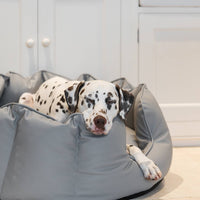
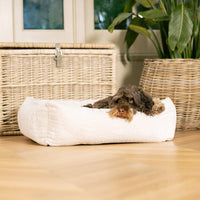
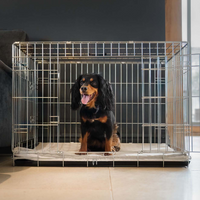
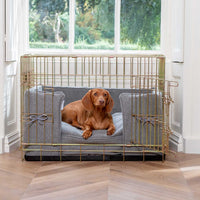
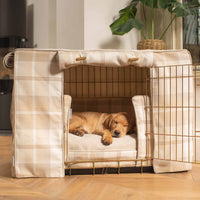

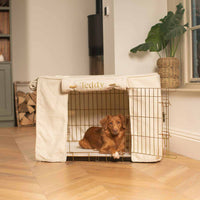
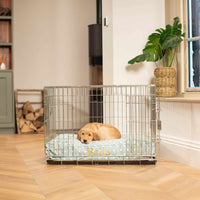
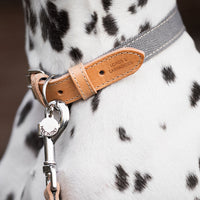


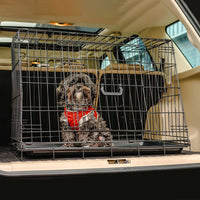

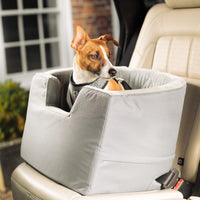
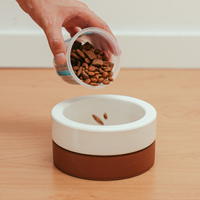
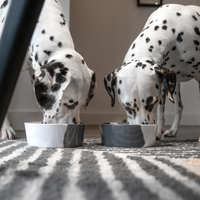
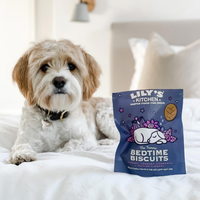


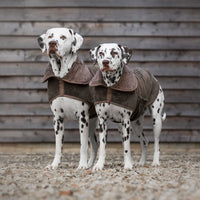
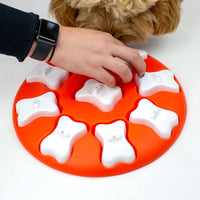

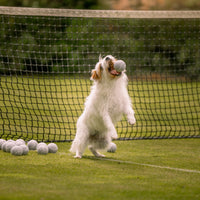
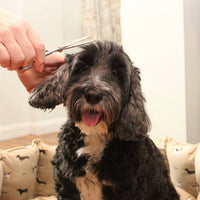


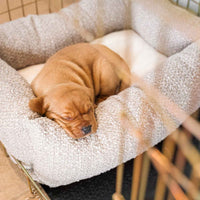
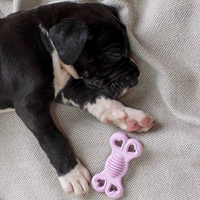
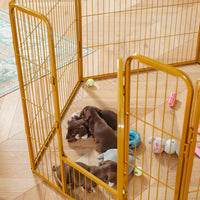



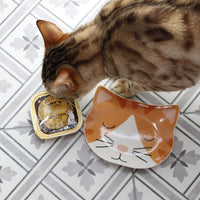
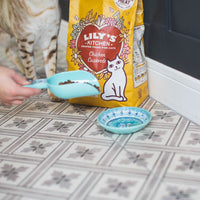
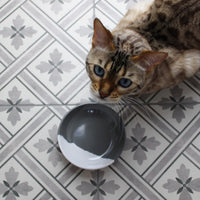
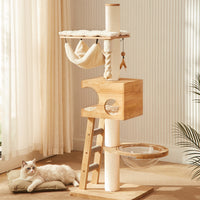

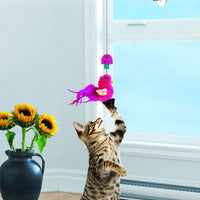
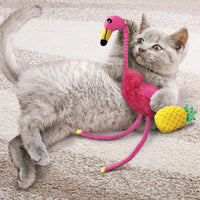

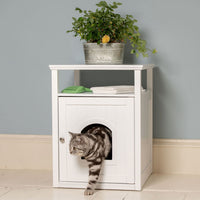
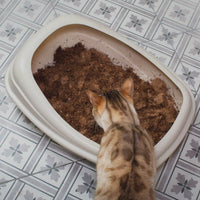
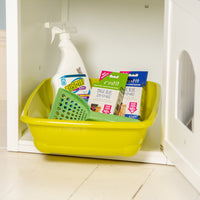
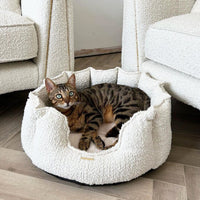
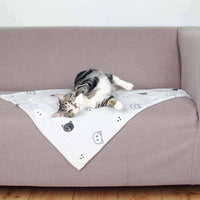
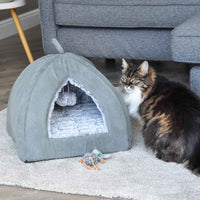



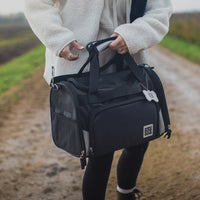




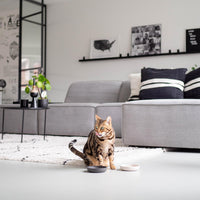
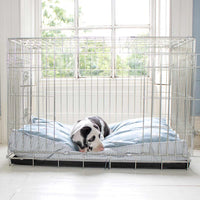
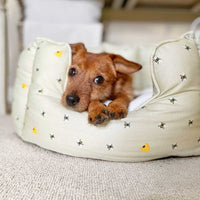

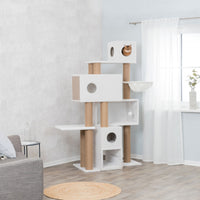





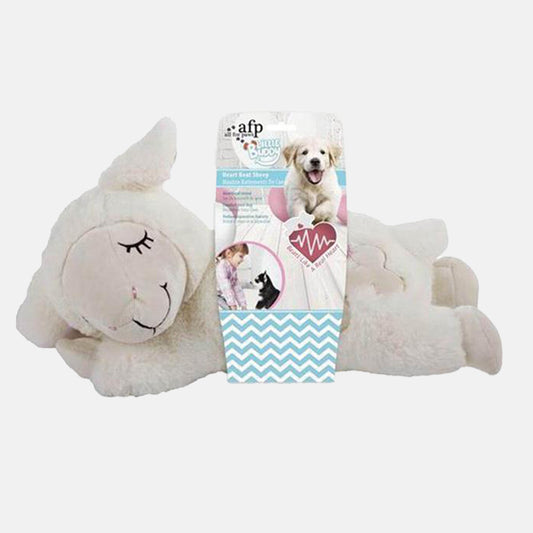
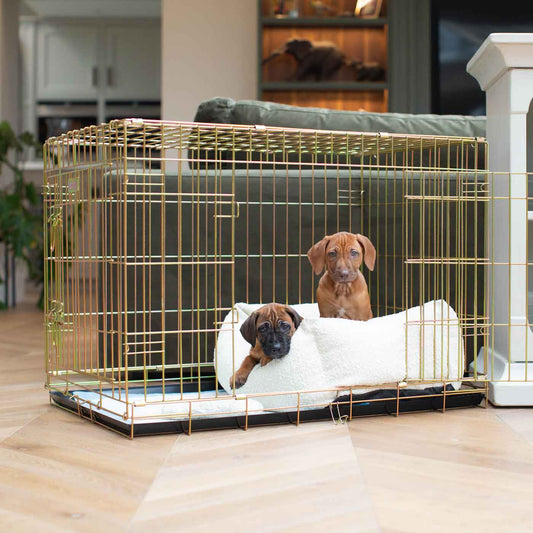
![[colour:mink boucle] Luxury Boucle Pet Scent Blanket collection, In Stunning Mink Boucle. The Perfect Blanket For Dogs, Available at Lords & Labradors](http://www.lordsandlabradors.co.uk/cdn/shop/products/Mink-Boucle-Scent-Blanket.jpg?v=1660130492&width=533)



.jpg?v=1723712924433&options=)

.jpg?v=1727952780423&options=)























